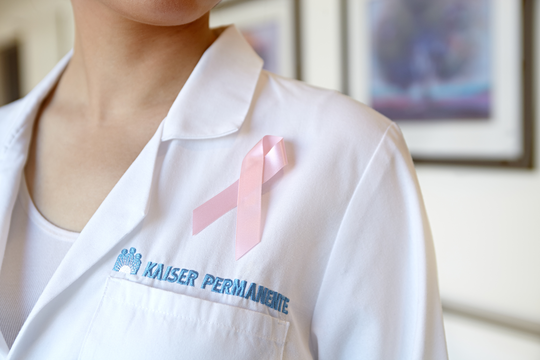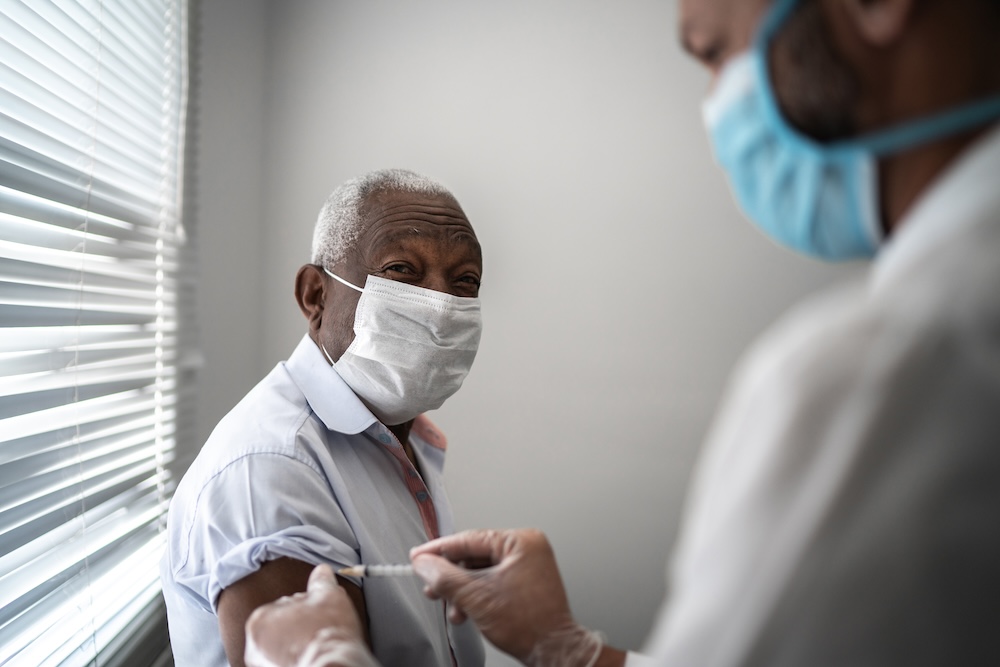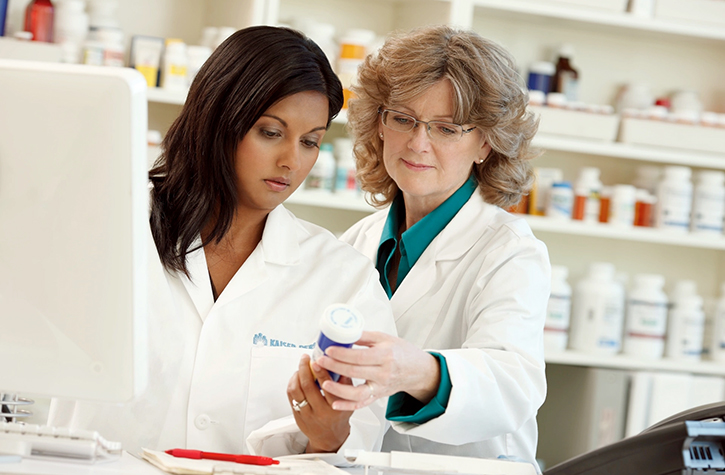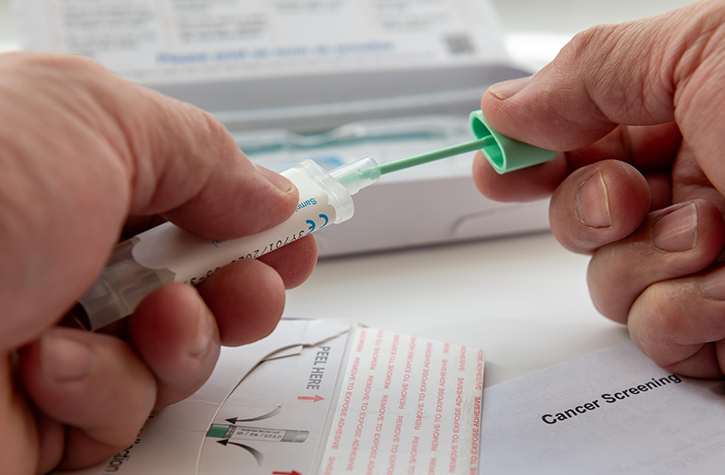Kaiser Permanente Share- October 27, 2017
Confused about breast cancer screening and mammograms? You are not alone, says Susan Kutner, MD, general surgeon and chair of Kaiser Permanente’s Northern California Breast Care Task Force. As new research emerges, mammography guidelines shift. Still, Dr. Kutner stresses that mammography is the best screening tool for breast cancer right now.
“The purpose of a mammogram is to detect cancer early. If we detect cancer in its earliest stage and treat it immediately, side effects are less intense and survival rates are higher,” she says.
Dr. Kutner recently shared the top questions she receives from patients, as well as the information and advice she frequently provides.
When should women start getting mammograms and how often should they get them?
Overall, it is important to look at each individual woman’s risk. What we’re learning is that we can’t just say “a mammogram every year is good for everyone” – it’s too much for some. We rigorously review all evidence every two years. It’s important to have a conversation with your primary care provider about your risk factors, which include previous biopsy results, previous cancers, your personal history and your family history. You should only get a mammogram if it is going to be beneficial to you and your health.
There is a lot of controversy surrounding women who fall into the 40-50 age group. Our evidence has shown that, as a group, not all women need to start getting mammograms at age 40. Talk to your primary care provider about the benefits and risks, specific to you. In the 50-74 age group, we see the greatest incidence of breast cancer and the greatest benefit of mammography. Typically, women in this age group have a mammogram every one-two years. For women over the age of 75, the risk of developing breast cancer continues, but they may be more at risk of developing other diseases that get in the way of early cancer detection.
Are mammograms safe?
Mammography is an X-ray. There is a very low level of radiation exposure during each mammogram. However, X-ray exposure is a cumulative process over a lifetime. Therefore, each mammogram you do get should serve a purpose to you and your health.
In addition to screenings, how can women be proactive about decreasing their risk of developing breast cancer?
Even before age 40, women should learn about and know their individual risks of developing breast cancer, and discuss with their primary care physician to tailor a screening plan specific to them. Women who have an immediate family history (mothers, sisters and aunts) of breast and ovarian cancer, especially below the age of 40, should be offered an evaluation by a genetic counselor to see if they need to start screening at an earlier age. The next step in being proactive involves making healthy lifestyle choices. These include getting regular exercise (30 minutes of aerobic exercise a day, five times a week), managing weight, avoiding smoking and excessive alcohol consumption, and maintaining a healthy diet as much as possible.
What does the future of breast cancer screenings look like?
It’s possible that breast cancer screenings in the future will not be imaging tests. Since breast tissue is so variable, we may need to look at other ways to screen for breast cancer that have not been fully addressed before, such as a blood test for cancer markers. Overall, in the next phase of intervention and research, we will continue to improve — we’ve already gone from analog images to digital, and 3D is now emerging. It takes 10-20 years to see what works and to test equipment, and we want the next step to be valuable.
We need to be careful about what we’re doing, continue to reevaluate, and ultimately ask, “how can we detect cancer early?” We don’t want to over-diagnose or over-treat cancers. We are routinely looking at research to answer, “what are the recommendations?” and “how do screenings impact women at different ages?”
For example, some ask why self-exams have gone out of favor and why we don’t stress that like we used to. With self-exams, it is difficult to detect cancer early because cancer usually starts a little deeper in the breast, which makes it harder to feel it. This doesn’t mean we should ignore our bodies and subtle signs or that self-exams don’t have value.
Breast cancer dramatically affects women and their families. We need to continue to get better at treating it. We also need to keep in mind that whatever we do to improve breast cancer risk and decrease the likelihood of dying from it, we must invest in a woman’s ability to get the information she needs to make a personal plan for her care.
This article originally appeared in Kaiser Permanente Share






